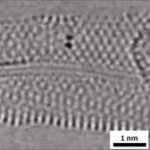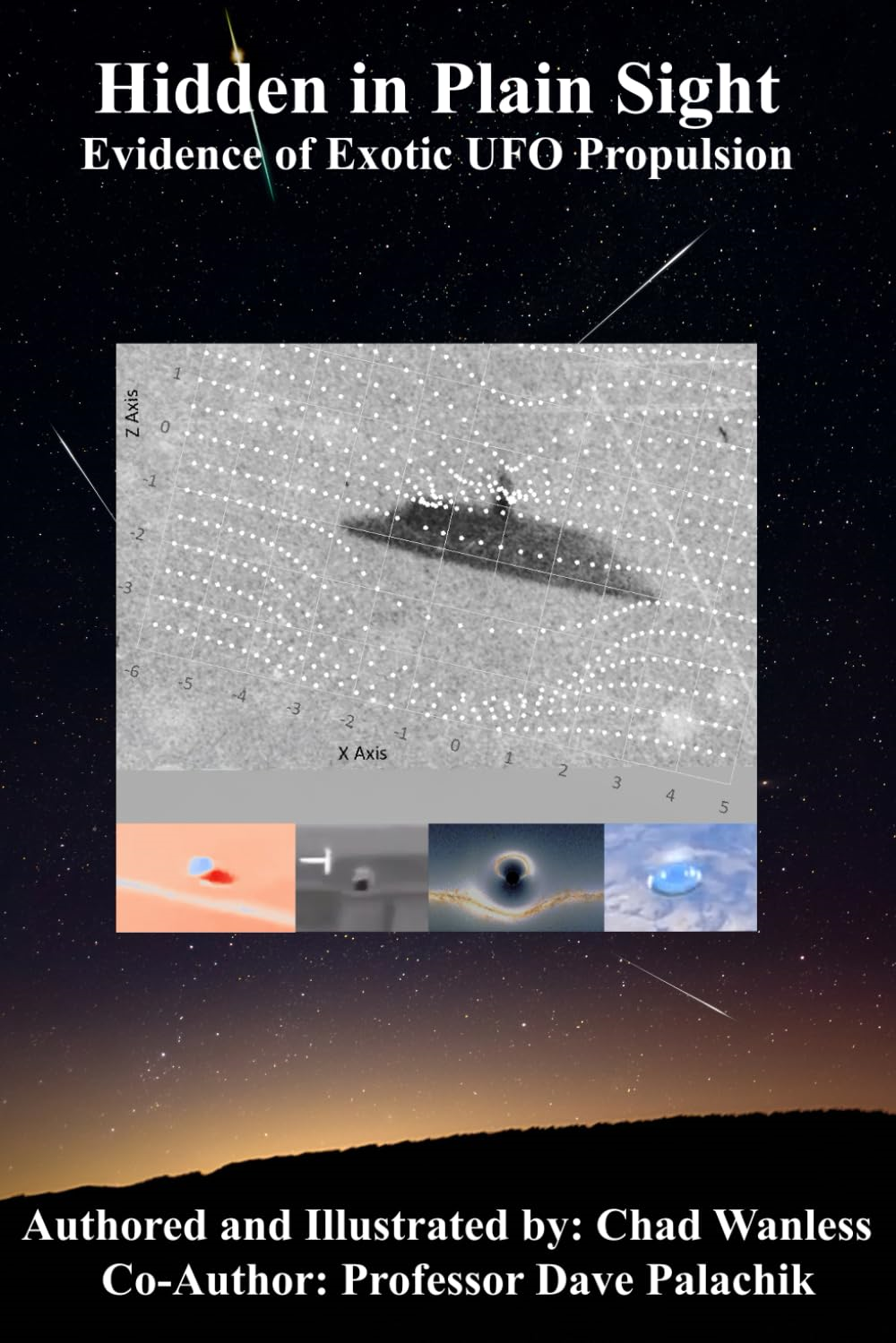Nuclear waste recycled into diamond batteries with ‘near-infinite power’0
- From Around the Web, Science & Technology
- January 27, 2020
Thousands of tonnes of radioactive materials could be used to power everything from pacemakers to spacecraft

Thousands of tonnes of radioactive materials could be used to power everything from pacemakers to spacecraft

What’s making these things fly out of the frozen continent?

An underground particle detector called the Borexino detector has detected 53 antielectron neutrinos emanating from the Earth, so-called geoneutrinos.

It’s the brain of a fruit fly, but it’s impressive nonetheless.

The replica reveals what the ancient Egyptian’s voice might have sounded like

NASA’s plan is to return astronauts to the Moon by 2024, but the European Space Agency is working on a plan to help humans breathe on the celestial satellite — by turning moondust into oxygen.

The team used transmission electron microscopy to achieve this impressive video.

Elon Musk’s SpaceX has destroyed one of its own rockets a day after bad weather forced the company to delay its final milestone test before flying Nasa astronauts from US soil.

Fungus could be very much among us when humanity sets up shop on the moon and beyond.

Marine die-offs after the impact may have created opportunities for the life that survived around the globe, new data reveal.



